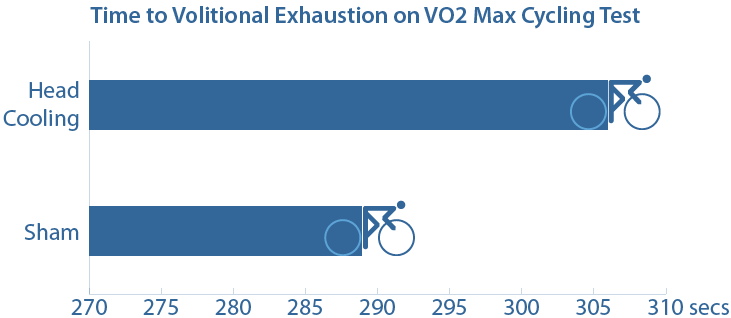 We are excited to share some initial results from a recently completed athletic cooling study using WElkins’ Sideline Cooling System. Researchers at Wheaton College discovered considerable and statistically significant improvement in athlete performance (power output and time to volitional exhaustion) when head-neck cooling was used over a control condition. A full manuscript has been submitted for publication, but you can read below for a “sneak peek” at the findings:
For more information about the study or Wheaton College’s Department of Applied Health Science, contact Professor Peter Walters at [email protected].
Comments are closed.
|


 RSS Feed
RSS Feed
